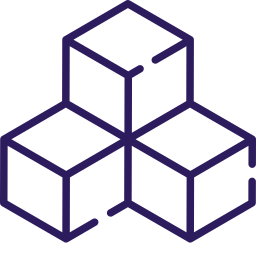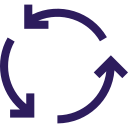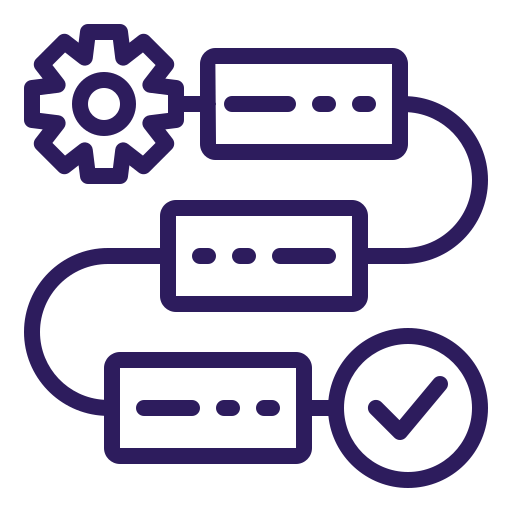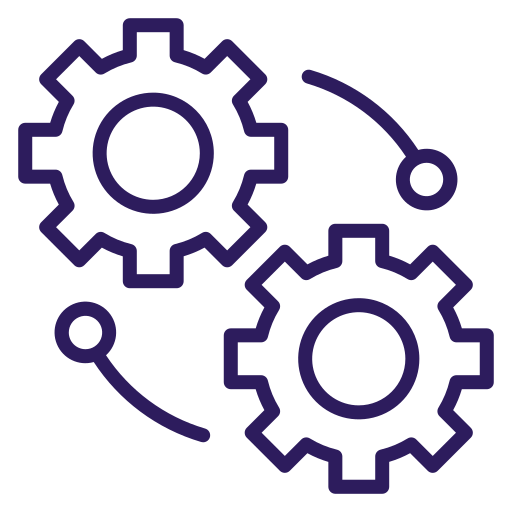
Design custom ontologies using RDF, OWL and SHACL, integrating open standards to precisely reflect your domain and make it scalable.
Life sciences research generates vast volumes of complex, domain-specific data—spanning genomics, proteomics, assays, clinical trials, and more. Without structure and standardization, this data becomes fragmented and underutilized.
Our data modeling services empower both researchers and stakeholders to unambiguously understand, find, and reuse this data—ensuring alignment with FAIR data principles (Findable, Accessible, Interoperable, Reusable).

Design custom ontologies using RDF, OWL and SHACL, integrating open standards to precisely reflect your domain and make it scalable.

Develop logical data models to increase the interoperability and reusability of data.

Standardize and harmonize data annotation across data types like omics, PK/PD, ELNs, sample inventories, and other domains. Assess the quality of existing models for coverage, consistency, clarity, governance, and machine-readability.

Build semantic layers to unify access to siloed data sources through business-aligned domain models.

Prepare your data for AI by structuring it to be machine-readable, standardized, and ready for knowledge graph integration.

We also run interactive training workshops to kickstart your semantic modeling journey or refine your current approach.

By creating a unified view across departments to improve collaboration and decision-making.

By defining clear relationships to improve traceability, data lineage, and enhance R&D efficiency.

By storing contextual info in a model to preserve data usability and prevent obsolescence.

By allowing researchers to quickly identify and combine data from comparable studies to reduce costs and time spent on experiments.

Use models combined with machine learning to uncover insights, like chronic disease prediction, drug repurposing, and gene annotation.

Ensure researchers and data specialists share a common understanding, common vocabulary, making data analysis and decision-making faster and more effective.
This infographic shows the benefits of models and knowledge graphs and how The Hyve, in collaboration with a top pharma company, solved their data integration challenge.
Why is data modeling important for life sciences organizations?
In pharma and biotech, data is complex, siloed, and domain-specific. Data modeling, including semantic modeling, helps unify this data, making it easier to analyze, share, and reuse across departments and use cases—from research to regulatory submissions.
What types of data domains do you typically model?
We work across multiple life sciences data domains, including:
Can data models be integrated with AI and machine learning systems?
Yes. Data models with rich semantics improve data quality and structure, which directly enhances AI/ML model training, performance, and explainability—especially for use cases like drug discovery or disease prediction.
Can you work with our existing ontologies or data standards?
Absolutely. We can extend, refine, or integrate existing models and ontologies like OBI, BAO, SPHN, DCAT, PROV-O, or custom internal vocabularies, aligning them to your business processes.
How do you ensure the long-term maintainability of the model?
We provide sustainable ontology engineering practices, including automation strategies and version control so your models evolve with your data landscape.
We offer:
Custom semantic data models designed for your specific domain
Alignment with FAIR principles and life sciences data standards
Interoperability and AI-readiness through structured, machine-readable data
Support for ontology design, model assessment, and integration with existing standards
Training workshops and expert guidance throughout your data modeling journey